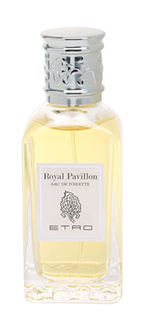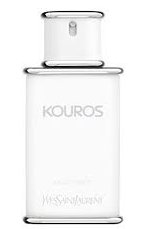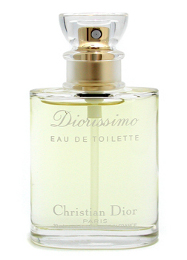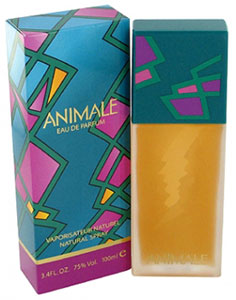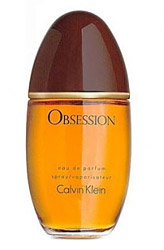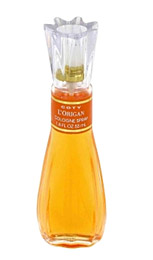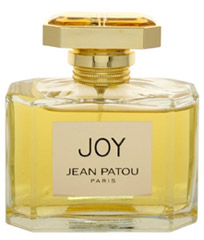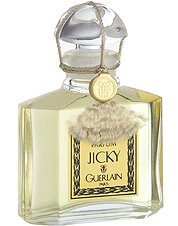Another sample that was sent to me from Steve at The Scented Hound. I wore Royal Pavilion to work one day, feeling like something ought to mix things up a little.
In Bottle: Jasmine, plenty of it mixed with ylang-ylang with a base of sandalwood and a pretty, juicy, mimosa.
Applied: I get the Ylang-ylang before I get the jasmine when applied. It flares up first and stays up, giving the scent this dusty floral vibe. The jasmine brings it down a little closer to familiar territory with a nice mimosa in the background and a rose that settles near the base. I had expected something else from Royal Pavilion. Perhaps more cypress or green. What it is delights me, however. With it’s classically beautiful floral and it’s nice sandalwood touch upon dry down. There’s warnings of civet and castor in this too, and I had a couple of faint whiffs as I sat in the back and wondered if anyone else noticed. Royal Pavilion was like a quiet, peaceful journey with a light bump at the end. It envelops you in lovely, classical floral notes then when you’re at the end and enjoying your sandalwood fade, a couple of small animal notes hits your nose just to make sure you were still paying attention.
Extra: I went into this knowing very little about Royal Pavilion. It was very much a random pick as I was running out the door in the morning. So I was surprised to find this was released in 1989 because I was going to peg it for a few years earlier.
Design: Bottled in much the same way as other Etro fragrances, in a very nicely shaped class flacon with a silver cap. Nice and simple with just enough design elements to impart “luxury” without any gaudiness.
Fragrance Family: Woodsy Floral
Notes: Jasmine, ylang-ylang, rose, mimosa, violet, sandalwood, vetiver, oakmoss, castor, civet.
Lovely scent, very excited that something from the late 80s is still around and kicking. Kudos, Etro!
Reviewed in This Post: Royal Pavilion, ~2012, Eau de Toilette.




